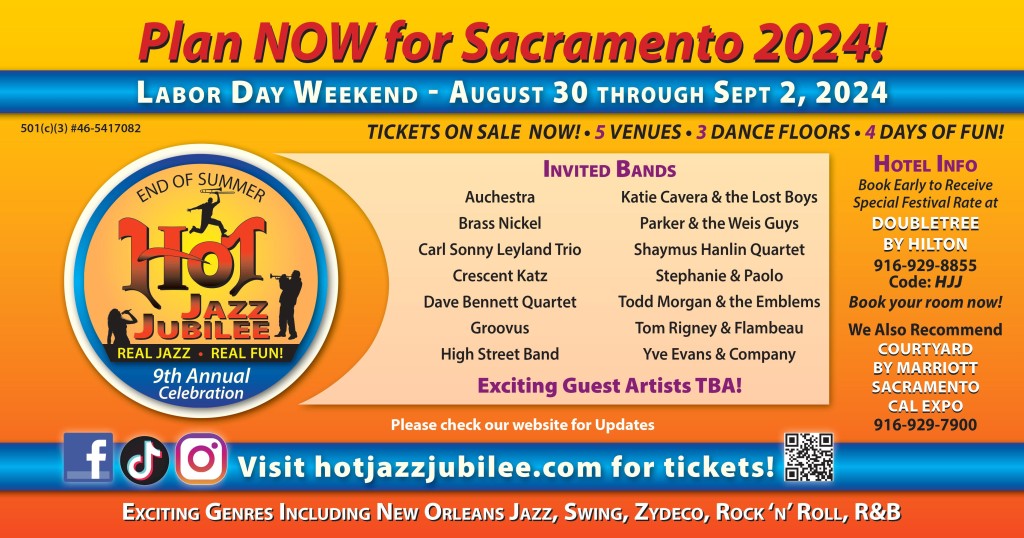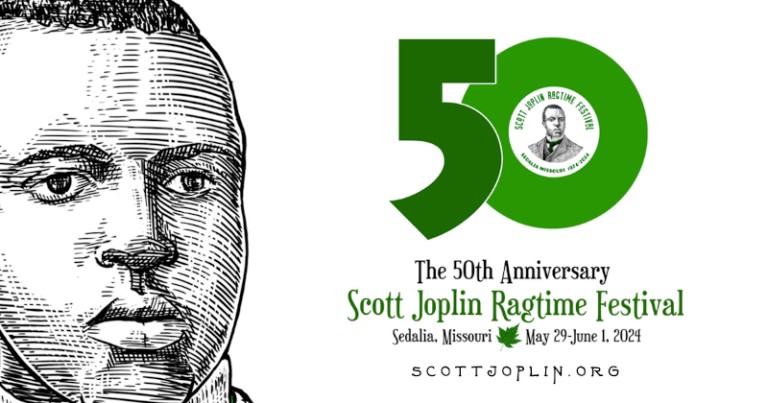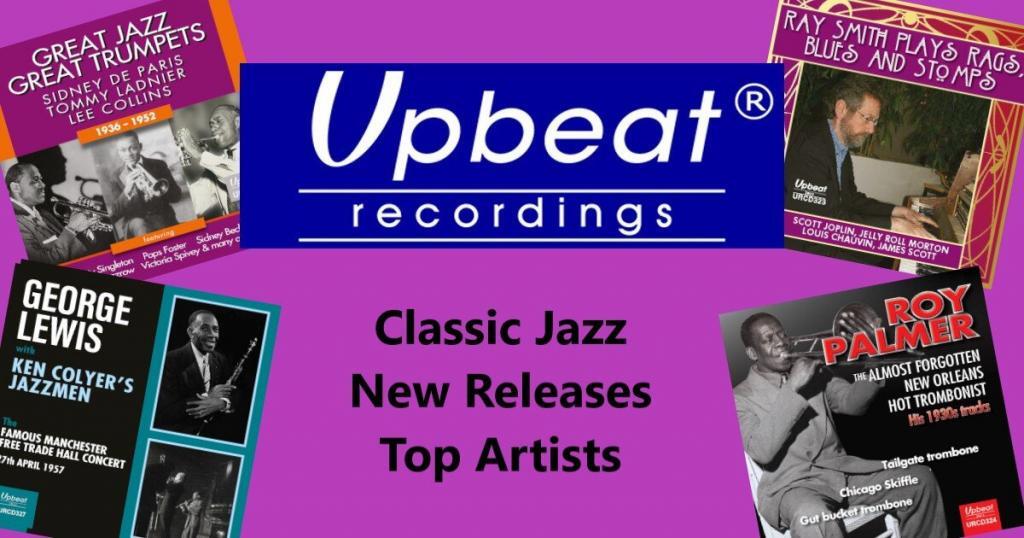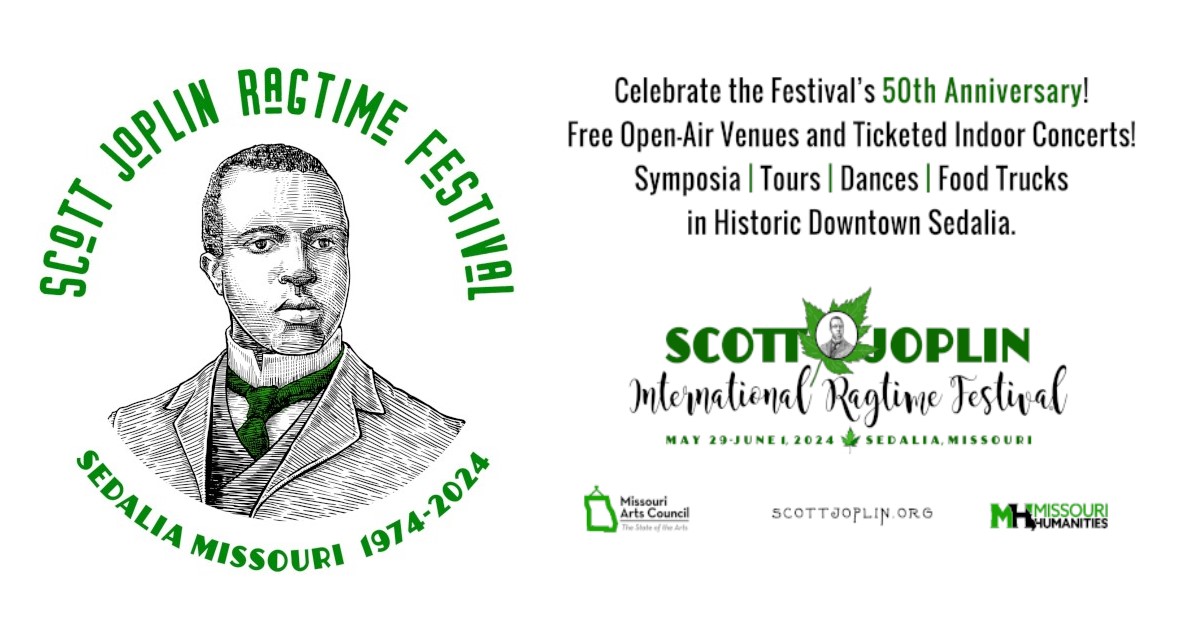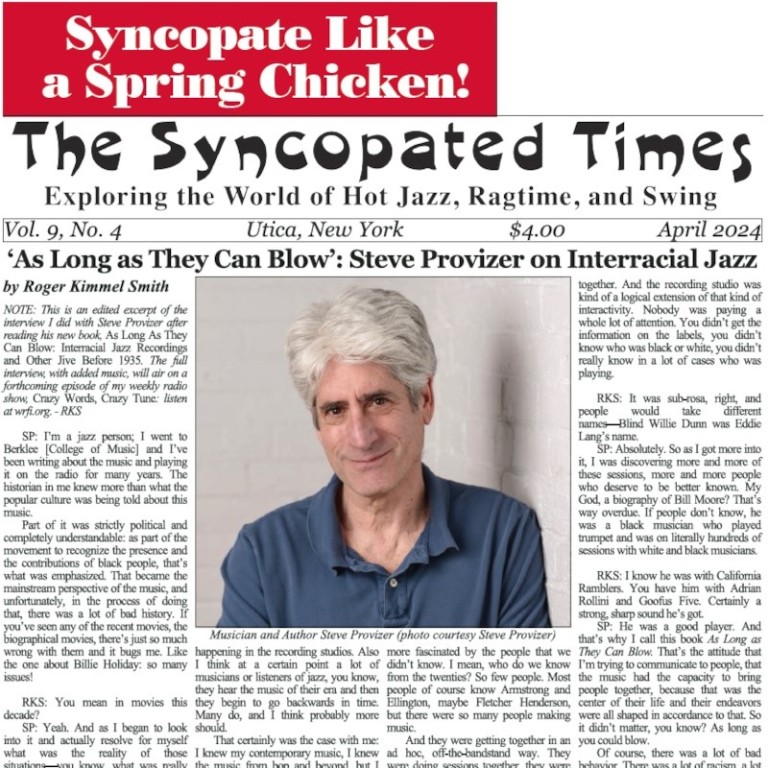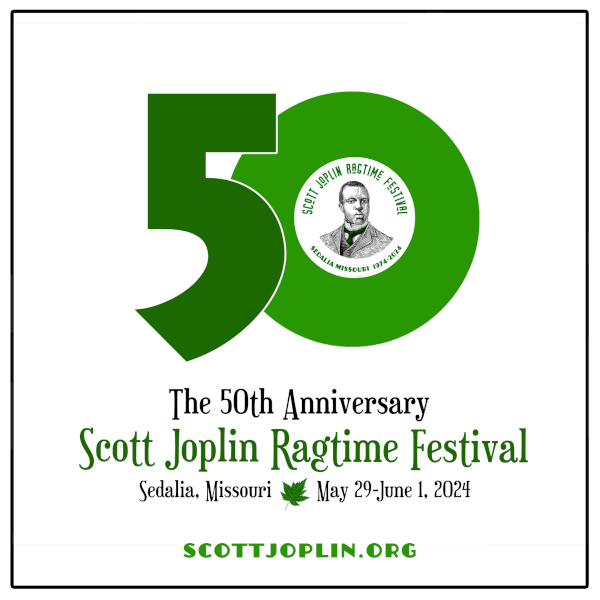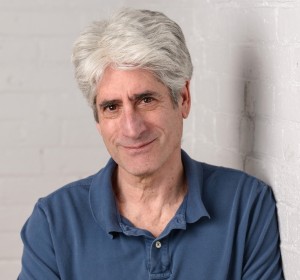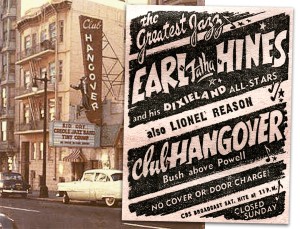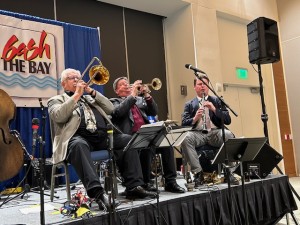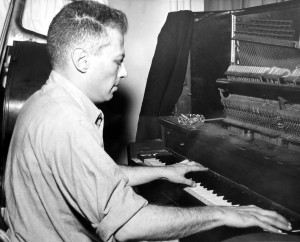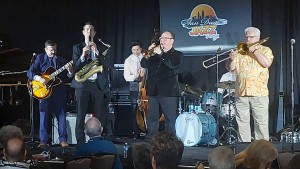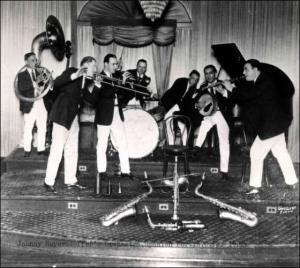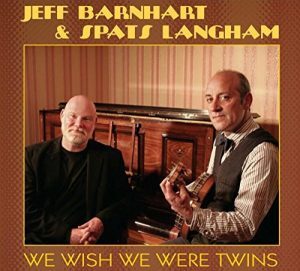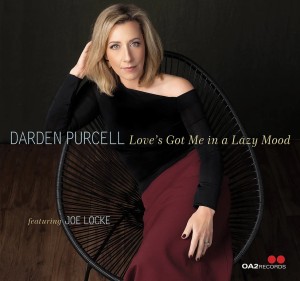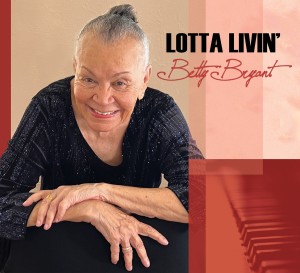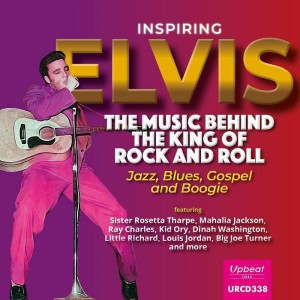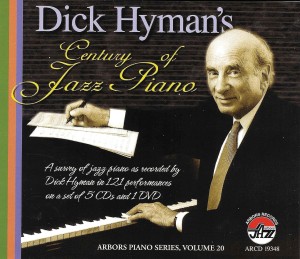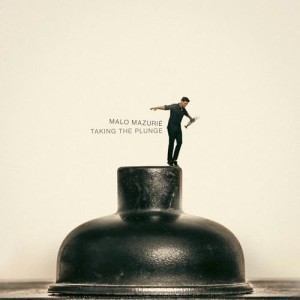Rarely are the offspring of famous, larger-than-life performers capable of carrying forward the musical legacy of their forebears with the same stellar level of talent and showmanship. Christopher Calloway Brooks, grandson of Cabell “Cab” Calloway, has inherited the dynamic stage presence and musicality of his grandfather. He embodies the Calloway musical tradition while bringing his own musicianship and style to each performance. Chris is an accomplished singer and dancer; he reanimates Cab Calloway’s “Minnie the Moocher” and “Reefer Man” with exhilarating gusto.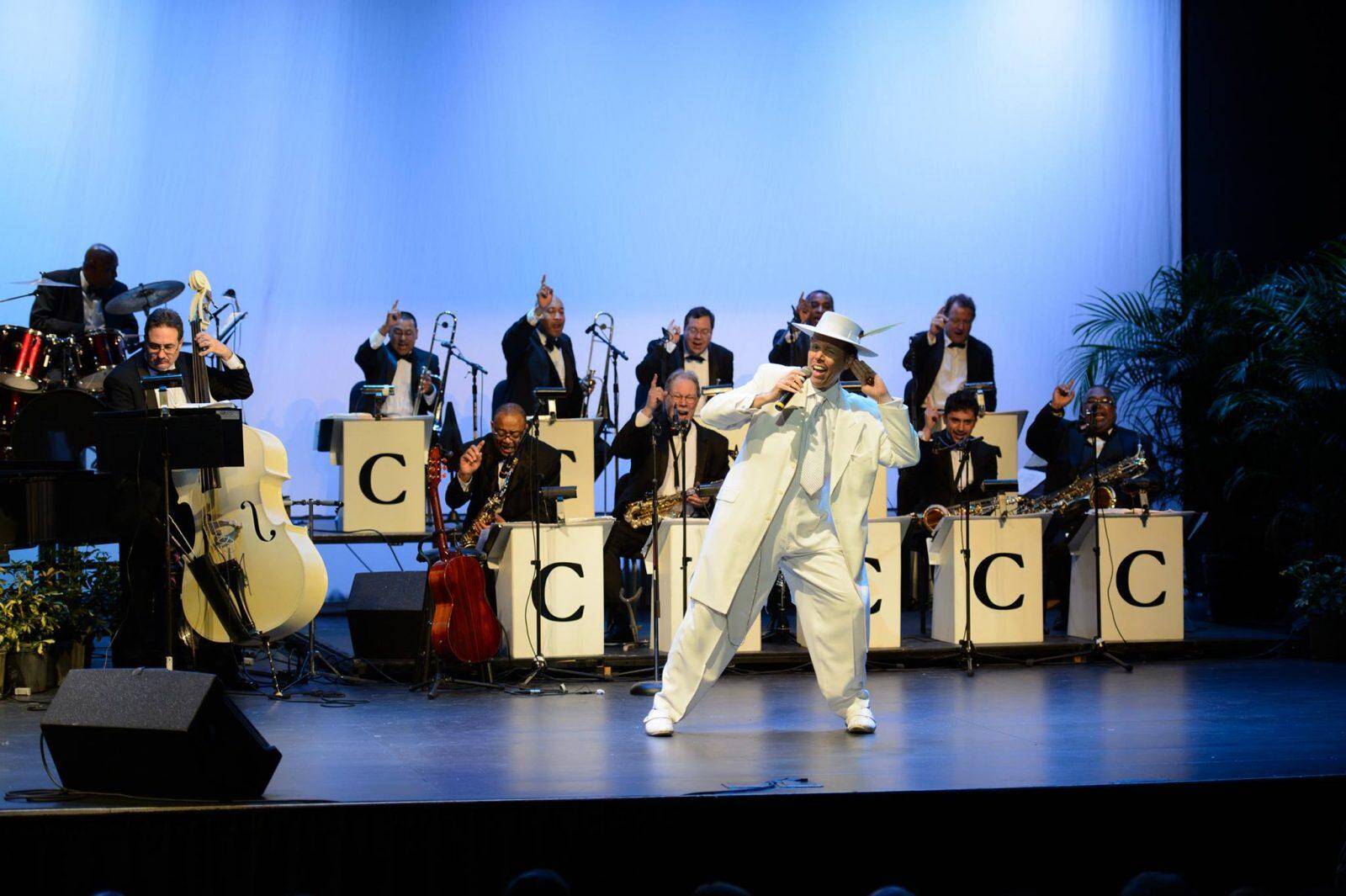
Chris was fortunate to have a close relationship with his parents and grandfather. His first television appearance was at six months old, on Edward R. Murrow’s Person to Person on March 2, 1956. The surviving kinescope shows Cab Calloway at his home in Lido Beach, New York with his daughter Camay, cradling baby grandson Chris. Murrow asks the new young mother, “So, I understand Chris is the first boy in two generations—do you think he will be spoiled?” Cab Calloway grins and laughs with pride.
Chris always knew his grandfather was a bandleader, but Cab was originally his second favorite singer. “Burl Ives was my favorite musician as a child.” But he became acquainted with the highest of the jazz elite from an early age. “I was lucky to meet Duke Ellington when I was five—and Louis Armstrong when I was eight” When Chris at last got to see his grandfather rehearse his band, “then it was all over—and he became my favorite.”
Chris Calloway’s parents were both educators. As a young African American woman, Camay Calloway Brooks was a trailblazer. She began as a teacher, raising her young family in Alexandria, Virginia. When Chris was five years old his parents moved to Ikeene, Nigeria. His mother was the Headmaster, and his father taught at the local school Chris attended until age eight.
“In Nigeria the sound of people playing drums was a powerful memory—it resonates in my life and music today,” says Chris. “Talking drum was one of the world’s earliest forms of telecommunication, going back to the Ottoman Empire and earlier.” The Cab Calloway Orchestra requires powerful drummers; the band integrates the traditional Big Band jazz style and a unique Nigerian influence.
Chris, paying tribute to his grandfather Cab, had to integrate “what I call now a Native American element. For Cab, drummer Cozy Cole was the base for the groove of ‘lead bass playing.’ What I learned from Milt Hinton was the cymbal and the bass drum almost grow out of the bass—the bass player pulls together the band and you have the strength from the lower range of the saxes, and the brass—Granddad really liked clarity and transparency, with some percussiveness.”
Chris states that “no one (other than Granddad) could play more jazz out of a horn than he could out of his throat.”
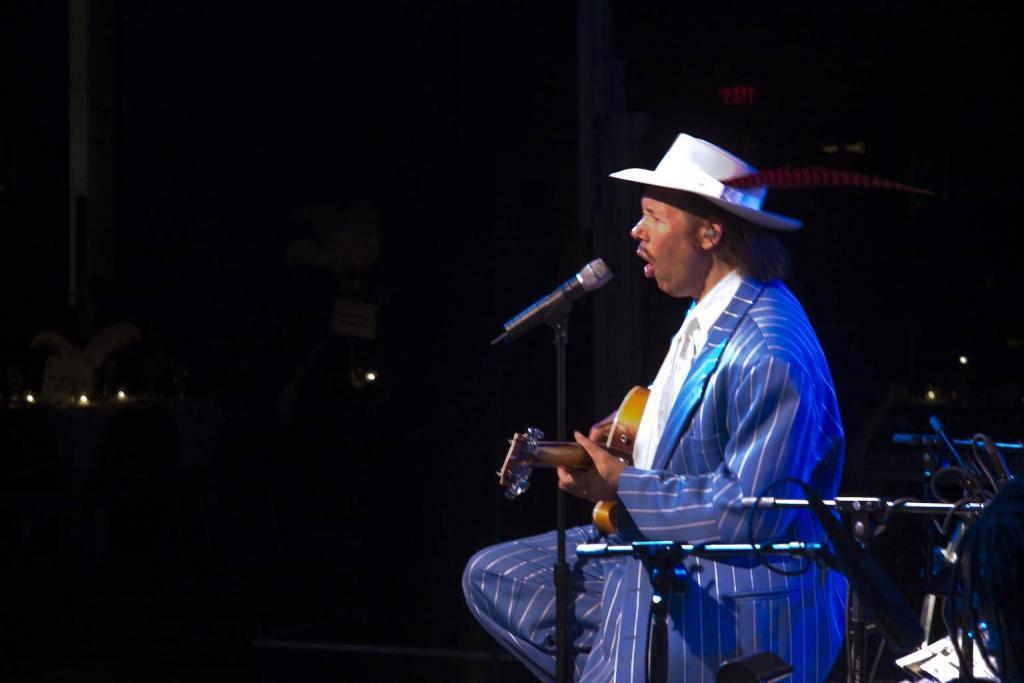
Christopher never felt pressured to pursue a musical career. He attended and later taught Guitar at the New England Conservatory of Music in Boston and New York. While still an undergrad, he transcribed and published the first written transcriptions of guitarists Joe Pass, Johnny Smith, and Wes Montgomery. According to The Afro-American from March 1, 1980, when his mother married her second husband publisher John H. Murphy III, Chris provided the music for the ceremony, playing Bach and Schubert on the guitar.
Chris was privileged to work alongside his grandfather as a member of the band. In 1980, Cab Calloway had a resurgence in popularity owing to his appearance in The Blues Brothers singing “Minnie the Moocher.” Still, Cab was aging, and eventually, he asked Chris if he’d like to take over as leader. He demurred. At the time he was making a name for himself playing his own music, and had already released a number of albums.
“After he passed away, there was no one else really doing it,” Brooks recalled. “I had a lot of encouragement from family and friends to go ahead and do it, so I did.” By 1998, he had tracked down those who had played with his grandfather and asked them if they’d consider restarting the band with him.
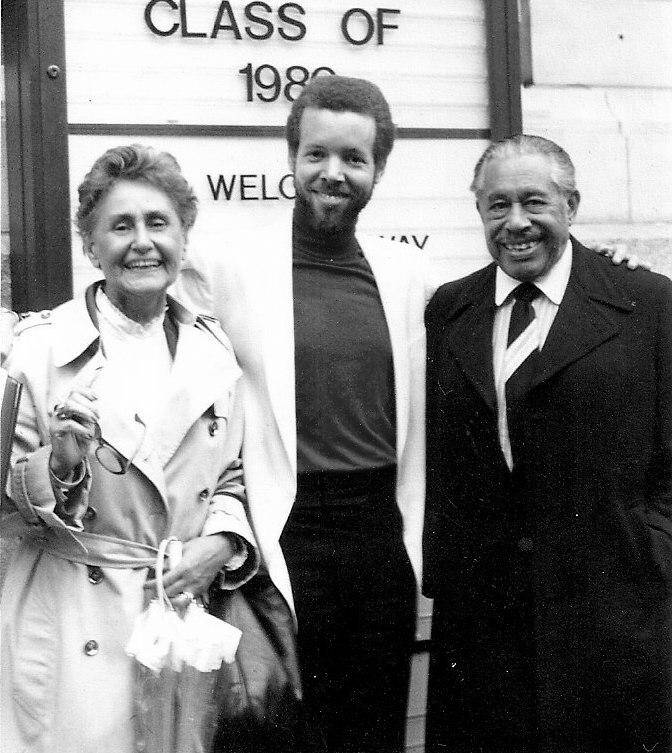
“Naturally, I was nervous,” he said. “I already knew a lot of the players, but some of them hadn’t done the music in so long that they were really emotional and really thankful. One guy even broke down and cried because he said he missed the music so much. It was a very moving experience all the way around.”
Since 1998, as leader of the Cab Calloway Orchestra, Christopher Calloway Brooks has been the front man, vocalist, guitarist, arranger, composer, director, and “global protagonist of All Things Hi-De-Ho.” Seeing Chris in performance with his group of magnificently-talented and meticulously rehearsed musicians is a dramatic and unforgettable experience.
Chris appears, dressed in classic Cab attire: white zoot-suit, with vintage wing-tips, and suitably hep lid with feather. It isn’t just the clothes: he radiates Calloway charisma and soon has the audience swinging and swaying along with the hot rhythm of his sixteen-piece big band.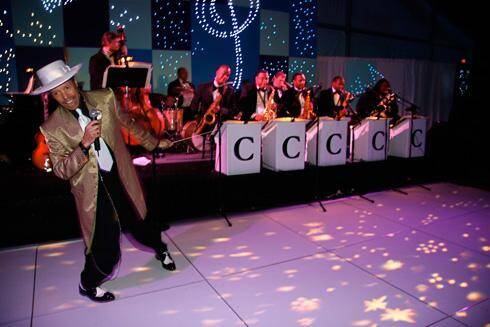
“Are you Hep to the Jive?” shouts out Chris Calloway. “In one moment you will know what I mean!” The Calloway magic begins: “One question we ask all our audiences: who needs some Good Luck?” With a glint in his eye, a contagious grin and a flash of his baton, we hear: “Repeat after me: HEY NOW—HEY NOW—HEY NOW! Brothers and sisters, sing with me now, and before you know it my friend over there will be writing you checks or some other good luck will come your way!” The band lights up and an audience of thousands, young and old are shouting “HEY NOW—HEY NOW!”
Chris has mastered the art of his granddad in choosing the finest musicians. The band rocks with a strong, sizzling-hot horn section, a drummer, a pianist and strings that can keep up with his rich baritone voice. A hallmark of the Calloway style is igniting the audience to shout and sing responsively, as with a revival preacher. The passion of the call-and-response reaches an intensity that seems likely to blow the roof off the concert hall.
Under his direction, the Cab Calloway Orchestra handily won the coveted “Battle of the Bands” trophy at Montreal Jazz Festival this past July. And it is no wonder. The Glenn Miller Orchestra is excellent, but Chris got the audience into the act.
Chris counts among his blessings having his grandfather live a long life; he got to perform with Calloway orchestra under Cab’s leadership for almost ten years. He also performed with the Duke Ellington Orchestra, the Lionel Hampton Orchestra, his Aunt Chris Calloway, Maria Muldaur, and a long list of great jazz performers.
Chris admires his mother and follows her footsteps as a teacher. Alive and well at 89, Camay Calloway Murphy has quite a legacy of her own. She founded the Cab Calloway Jazz Institute and Museum, paying tribute to her famous father while also promoting music education. Murphy’s commitment to culture and the arts led her to become the chairperson of Baltimore’s Eubie Blake National Jazz Institute and Cultural Center. In 1999, Murphy was appointed as commissioner of Baltimore City Public Schools’ Board of Education. In her capacity as an administrator, Murphy has worked to improve resources and training for teachers in the arts.
As a guitarist, Chris offers this advice to learners: “Guitar is expressive, yet impossible to master. It’s fun to try. Stay a beginner—when you think you know it, then you are frozen.”
Mainly, Chris Calloway Brooks is proud to continue a robust and indispensable musical heritage. “It’s a great honor and a great pleasure to help perpetuate really classic American music and style. It’s never going to fade into total obscurity. It’s always going to be around,” Brooks said.
“Cab Calloway is one of the immortals of American iconography forever.”
